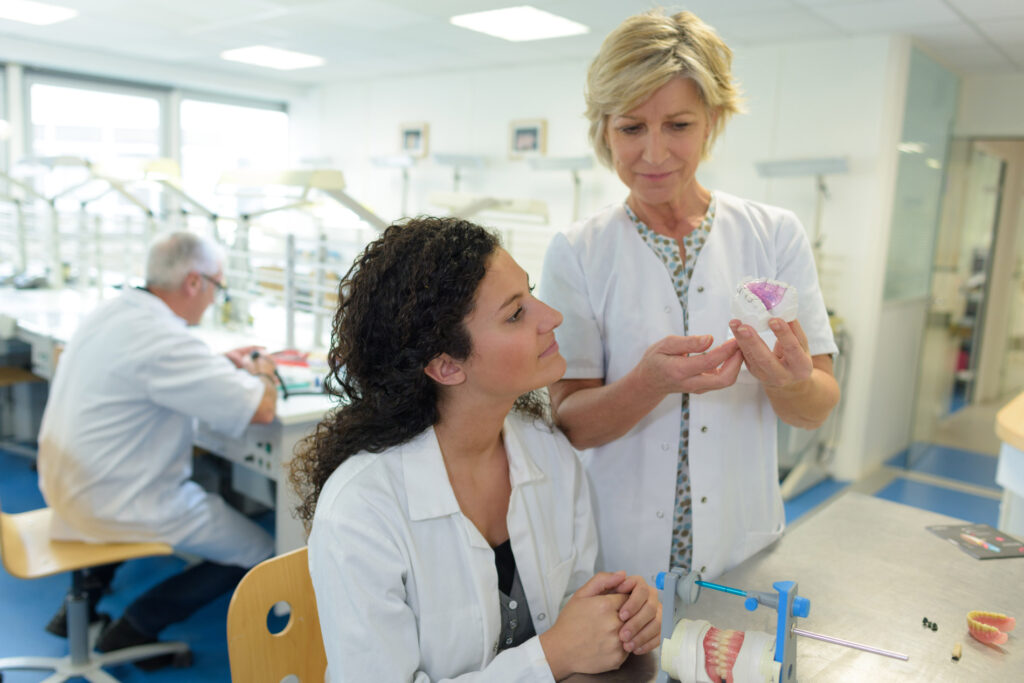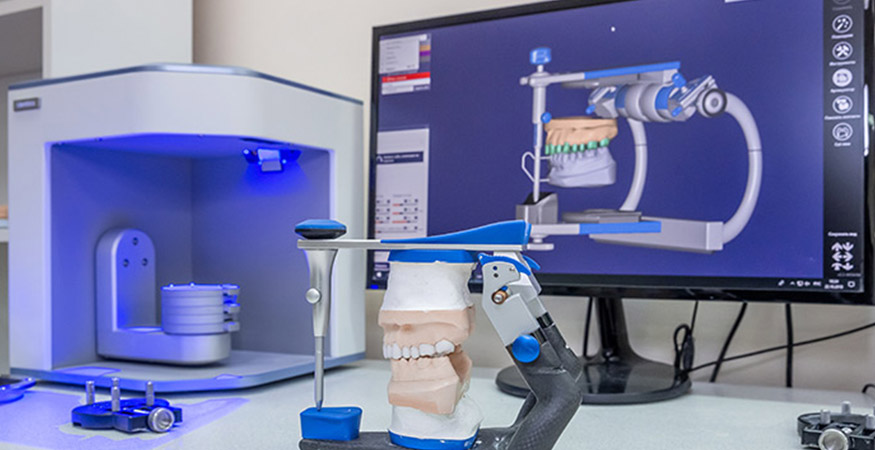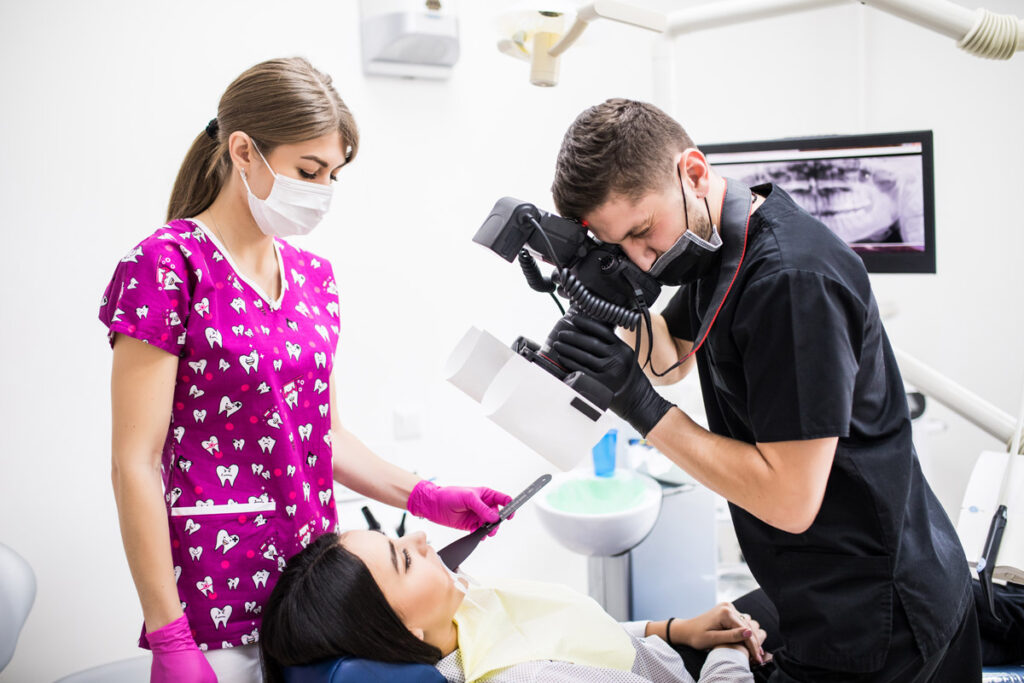Complex dental cases present a unique set of challenges, requiring a high level of collaboration and communication between dental practices and their lab partners. Effective partnership is crucial in these scenarios to ensure the best patient outcomes. This article explores strategies for dental practices to work seamlessly with dental labs, enhancing the success of complex restorations.
The Importance of Collaboration
Collaboration between dental practices and labs is the cornerstone of successful complex dental restorations. These cases often involve multiple steps, advanced materials, and precise execution. A well-coordinated effort ensures that the final restoration fits perfectly, functions properly, and meets the patient’s aesthetic expectations.
Strategies for Effective Collaboration
Clear Communication
Start with a Detailed Prescription: Begin each case with a comprehensive prescription that includes all necessary details about the restoration, including materials, shades, and any specific instructions. Clear, written communication prevents misunderstandings and errors.
Utilize Digital Tools: Leverage digital communication tools such as emails, digital photos, and scanning technology to share information and updates. These tools can help clarify expectations and provide visual references for complex cases.
Regular Check-Ins
Schedule Regular Updates: Establish a schedule for regular check-ins throughout the restoration process. These updates can be via phone calls or virtual meetings and serve as opportunities to address any concerns or adjustments needed.
Feedback Loop: Encourage a culture of open feedback. Timely feedback on received work helps the lab understand your standards and expectations, leading to continuous improvement in the quality of restorations.
Advanced Planning
Involve the Lab Early: For complex cases, involve your lab partner in the planning stages. Early collaboration can help identify potential challenges and solutions, making the process smoother and more efficient.
Case Planning Sessions: Consider setting up case planning sessions with your lab partner. These sessions can be invaluable for discussing the intricacies of the case, exploring options, and deciding on the best approach.
Technical Support and Education
Seek Technical Advice: Don’t hesitate to seek advice from your lab’s technicians. Their expertise in materials and fabrication techniques can offer insights that enhance the treatment plan.
Educational Opportunities: Take advantage of any educational resources or training your lab partner offers. Understanding the capabilities and limitations of modern dental materials and techniques can significantly impact the success of complex cases.
The Role of Trust and Partnership
Building a relationship based on trust and mutual respect is vital. View your lab partner not just as a vendor but as an integral part of your dental care team. A strong partnership fosters an environment where challenging cases are approached with confidence and a shared commitment to excellence.
Overcoming Challenges Together
Case Complexity
Understanding the complexity of each case and setting realistic timelines are essential. Complex cases may require more time for planning, fabrication, and adjustments. Clear timelines help manage patient expectations and reduce stress for both the dental practice and the lab.
Material Selection
Selecting the right materials for complex restorations is crucial. Work with your lab to choose materials that best meet the functional and aesthetic needs of each case. Your lab partner’s knowledge of material properties can guide these decisions.
Aesthetic Concerns
For cases with high aesthetic demands, consider scheduling a shade-taking appointment in the lab. This allows for more accurate color matching and customization, leading to superior aesthetic outcomes.
Navigating the challenges of complex dental cases requires a strong, collaborative partnership between dental practices and labs. Through clear communication, regular updates, advanced planning, and a foundation of trust, these partnerships can overcome the inherent challenges of complex restorations. Embracing these strategies not only enhances patient outcomes but also fosters a fulfilling professional relationship that can stand the test of time and complexity.


